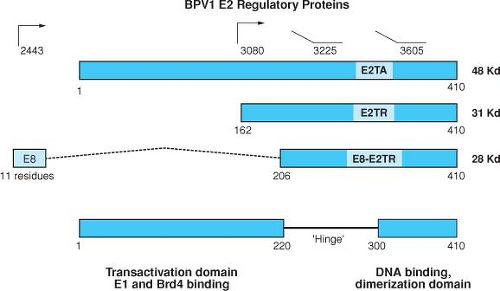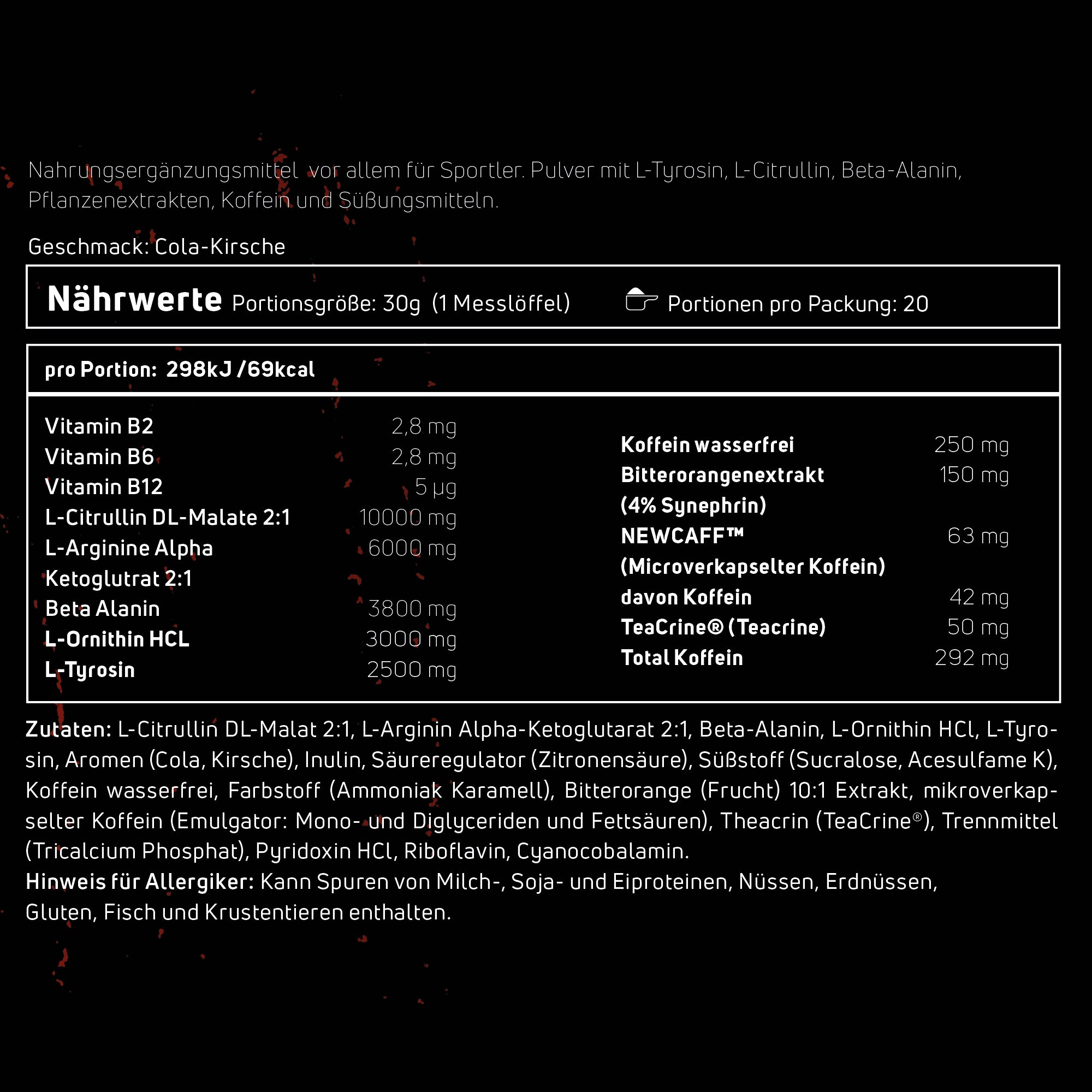

We have identified a novel bacteriophage lysin (PlySs2), derived from a Streptococcus suis phage, with broad lytic activity against MRSA, vancomycin-intermediate S. As a result, alternative therapies need to be developed to combat these pathogens. They are among the many Gram-positive pathogens for which resistance to leading antibiotics has emerged. Methicillin-resistant Staphylococcus aureus (MRSA) and Streptococcus pyogenes (group A streptococcus ) cause serious and sometimes fatal human diseases. Gilmer, Daniel B Schmitz, Jonathan E Euler, Chad W Fischetti, Vincent A

Novel bacteriophage lysin with broad lytic activity protects against mixed infection by Streptococcus pyogenes and methicillin-resistant Staphylococcus aureus. Growth and biofilm assays showed that HMOs from these new donors possessed antimicrobial and antibiofilm activity against all three strains of GBS, antibiofilm activity against methicillin-resistant S. aureus strain USA300, and antimicrobial activity against A. baumannii strain ATCC 19606. Herein, we present a broader evaluation of the antimicrobial and antibiofilm activity by screening HMOs from 14 new donors against three strains of GBS and two of the ESKAPE pathogens of particular interest to child health, Staphylococcus aureus and Acinetobacter baumannii. In a previous study, we reported that human milk oligosaccharides (HMOs) isolated from five donor milk samples possessed antimicrobial and antibiofilm activity against Streptococcus agalactiae, also known as Group B Streptococcus or GBS. We propose that Staphylococcus aureus co-infection was a prerequisite for deep wound and bloodstream infection with Streptococcus uberis.Īntimicrobial and Antibiofilm Activity of Human Milk Oligosaccharides against Streptococcus agalactiae, Staphylococcus aureus, and Acinetobacter baumannii.Īckerman, Dorothy L Craft, Kelly M Doster, Ryan S Weitkamp, Jörn-Hendrik Aronoff, David M Gaddy, Jennifer A Townsend, Steven D This is the first case report of a human infection with Streptococcus uberis with identification of the microorganism using modern molecular technology.

He had probably acquired the infection while walking barefoot on cattle pasture land.

The patient recovered after amputation of the forefoot and antibiotic treatment with ampicillin/sulbactam. The presence of Streptococcus uberis was confirmed by superoxide dismutase A sequencing. Both Streptococcus uberis and Staphylococcus aureus were identified in wound secretion and blood samples using mass spectrometry. We report the case of a 75-year-old male haemodialysis patient, who developed a severe foot infection with osteomyelitis and bacteraemia. Only a few case reports have described human infections with this microorganism, which is notoriously difficult to identify. Streptococcus uberis, the most frequent cause of mastitis in lactating cows, is considered non-pathogenic for humans. Valentiny, Christine Dirschmid, Harald Lhotta, Karl Streptococcus uberis and Staphylococcus aureus forefoot and blood stream co-infection in a haemodialysis patient: a case report. It is important to understand the complex interactions between pathogenic bacteria and neutrophils so that we can disrupt the ability of pathogens to cause disease. This review compares the key features of Streptococcus pneumoniae and Staphylococcus aureus in epidemiology, with a specific focus on virulence mechanisms utilized to evade neutrophils in bacterial pathogenesis. Neutrophils are a primary cellular defense and can rapidly kill invading microbes, which is an indispensable function for maintaining host health. The pathogens Streptococcus pneumoniae and Staphylococcus aureus are particularly successful due to the development of a wide variety of virulence strategies for bacterial pathogenesis and they invest significant efforts towards mechanisms that allow for neutrophil evasion. Microbes that evade the sophisticated innate immune system are able to escape detection and could become pathogens. The innate immune system employs diverse mechanisms to recognize, control and initiate a response that can destroy millions of different microbes. Humans are well equipped to defend themselves against bacteria. Neutrophil evasion strategies by Streptococcus pneumoniae and Staphylococcus aureus.


 0 kommentar(er)
0 kommentar(er)
